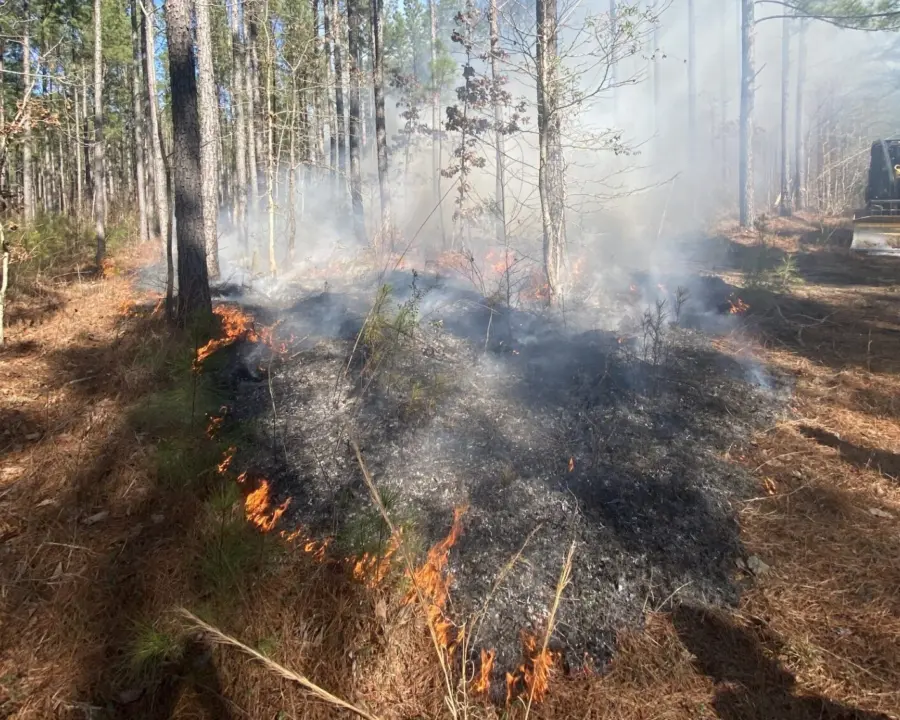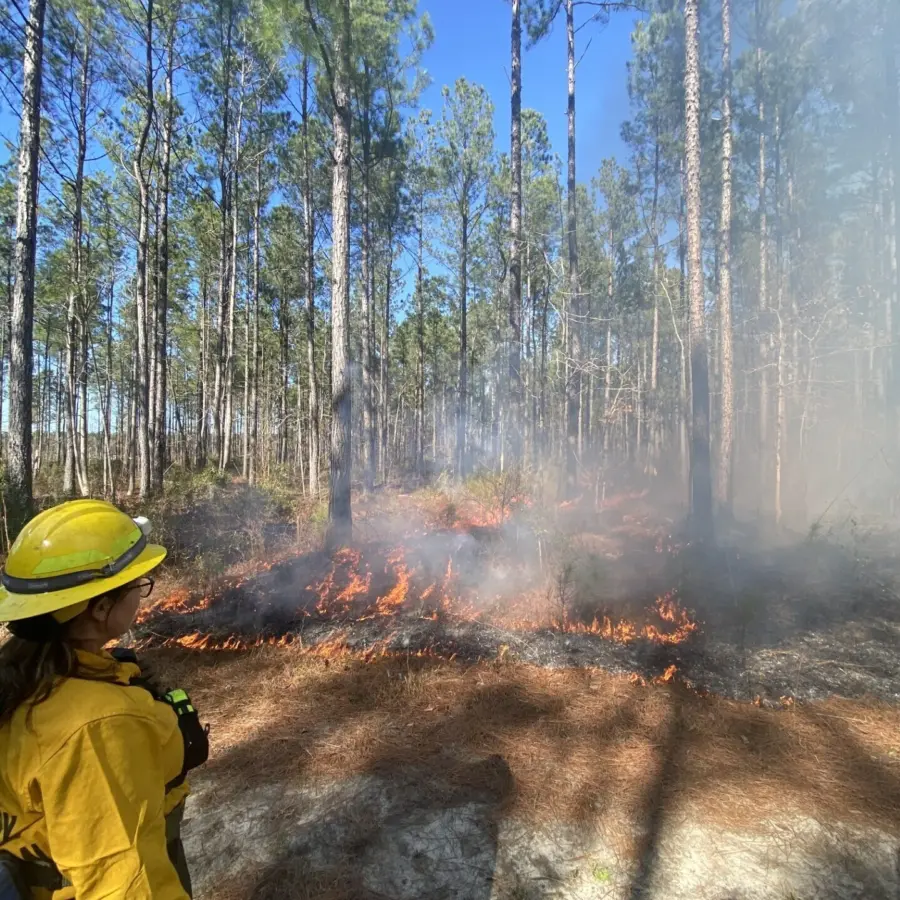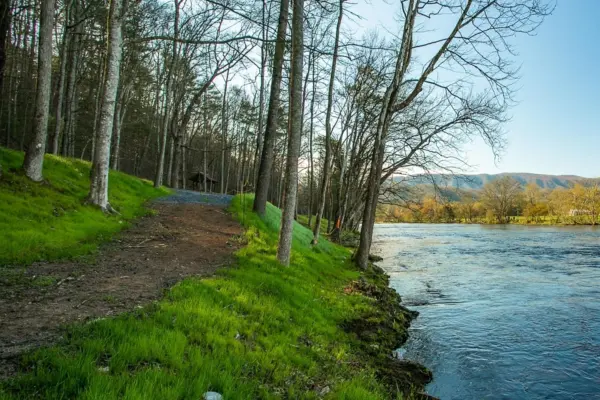Beyond enhancing wildlife habitats, prescribed burning improves land accessibility and aesthetics. Reducing dense undergrowth not only facilitates easier navigation of your property, whether on foot or by four-wheeler, but also imparts a park-like appearance, ideal for birdwatching and recreation. Strategically leaving unburned buffers near roads or property boundaries can also enhance privacy.
From a safety perspective, prescribed burning significantly reduces the risk of uncontrolled wildfires by eliminating excess fuel such as leaves, pine needles, and twigs. This proactive measure ensures a safer environment for your property and its surroundings.
However, implementing a prescribed burn is complex and requires careful consideration of various factors, including timing, objectives, soil humidity, fuel levels, topography, temperature, moisture, acreage, wind conditions, personnel, equipment, and smoke management. Liability is always a concern, particularly for landowners residing far from their property, owning large tracts of land, or lacking the time, or experience, to conduct burns themselves.
For such landowners, I strongly recommend partnering with a private consulting forester. These professionals can tailor prescribed burns to your specific needs, ensuring optimal results while mitigating risks. For anyone seeking a professional to guide them through this process, our qualified team at Fay Ranches is ready to assist in finding the right expert for your needs to ensure a successful and well-managed approach.








